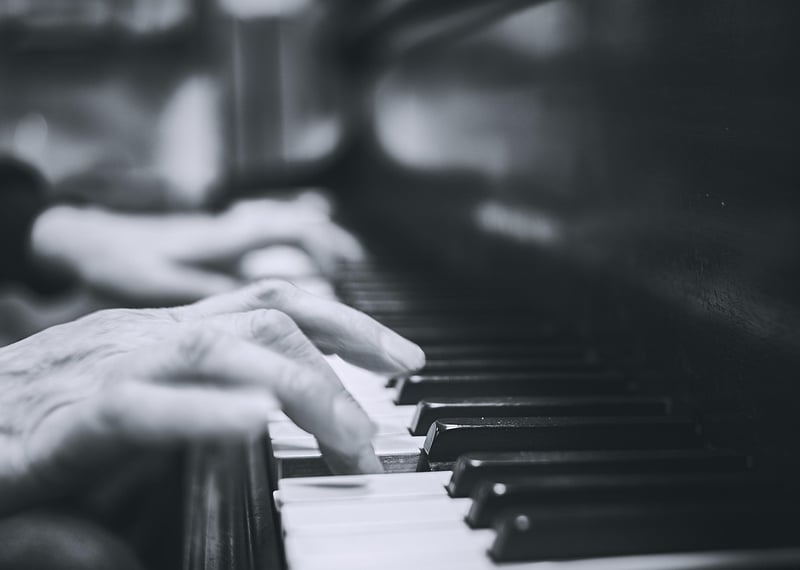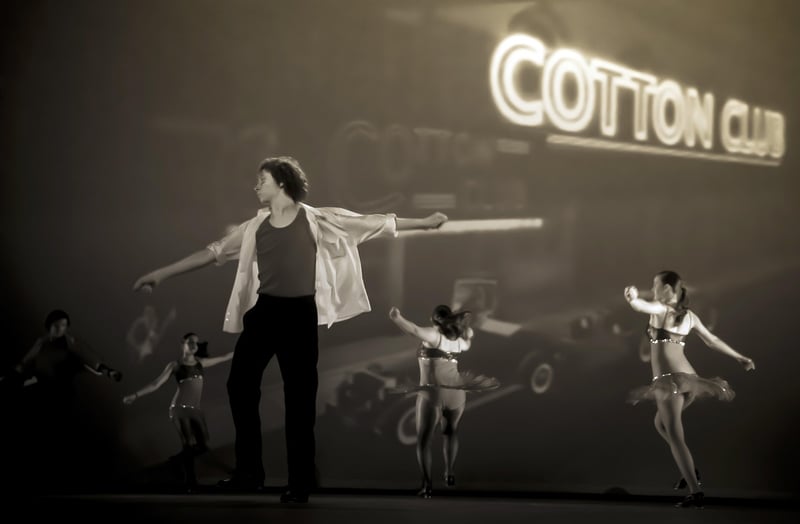Roaring Twenties
Exploring Diverse Eras: The Roaring Twenties
The Roaring Twenties, also known as the Jazz Age, was a time of economic prosperity and cultural dynamism in the United States and Europe following World War I. This era, characterized by rapid changes in social norms, fashion, music, and lifestyle, holds a special place in history for its vibrant energy and significant impact on society.
Key Aspects of the Roaring Twenties:
- Economic Boom: The 1920s saw a period of unprecedented economic growth, with new technologies and industries driving the expansion of consumer culture.
- Flappers and Fashion: The flapper style emerged, symbolizing women's newfound independence with its short skirts, bobbed hair, and bold makeup.
- Jazz and Dance: Jazz music became wildly popular, leading to the rise of dance crazes like the Charleston and the Lindy Hop.
- Prohibition and Speakeasies: The era was marked by the Prohibition of alcohol, leading to the proliferation of hidden speakeasies and the rise of organized crime.
- Art Deco and Architecture: The Art Deco movement influenced design trends, seen in the sleek lines and geometric shapes of buildings and decorative arts.
Legacy of the Roaring Twenties:
The cultural impact of the Roaring Twenties can still be felt today, influencing art, fashion, and music. Many aspects of the era have left a lasting legacy on modern society, from the evolution of women's rights to the enduring popularity of jazz music.
If you're interested in exploring more about this fascinating era, consider visiting museums, exhibitions, or reading books that delve into the history and cultural significance of the Roaring Twenties.
Immerse yourself in the glamour and excitement of the Jazz Age, and discover why the Roaring Twenties continues to captivate our imagination to this day!

Image source: Pixabay
